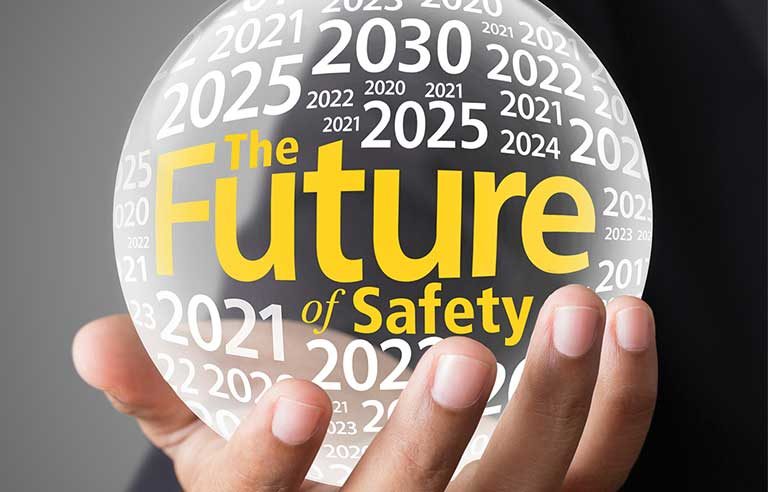The future of safety
How will the COVID-19 pandemic change the field of occupational safety and health?


Shawn M. Galloway
PresidentProAct Safety Inc.
Yes, in three areas. First, the H (Health) in EHS, with the exception of sponsoring wellness programs or paying for gym memberships, had largely been an afterthought. The average EHS professional, depending on their background or company priority, spent the majority of their time on either safety or environmental first. Health took center stage during the first months of the pandemic, led by many leaders without the skills or confidence to be successful. There will be a recognized need to equip EHS leaders or teams with competency in all three areas.
Second, with the media-driven temporary focus for the prevention of COVID-19 across communities and worksites being largely behavioral, this will carry over to a new or revived appreciation for behavioral safety. While maybe not overt, there will be a rise in the discussions on precautions that prevent many types of incidents, illnesses or injuries.
Third is involvement in business continuity planning. While many EHS professionals fought for their seat at the table, they were not viewed as strategic leaders: more as taskmasters or program administrators. With the need to meet the CDC’s recommendations for businesses and to remain viable and avoid bankruptcy, the EHS leader was thrust into collaborative discussion with operations on how to safely stay open, or shut down and then slowly return to normal operations. Strategy is about creating and delivering sustainable value. EHS leaders who took charge and thought strategically were seen as strategic contributors and advisors. There will be an increase in the recognition that EHS needs a company-specific strategy aligned with operations that is predictive, resilient and agile. For this, the most important lasting change is the identified need for strategic-thinking EHS professionals.
Post a comment to this article
Safety+Health welcomes comments that promote respectful dialogue. Please stay on topic. Comments that contain personal attacks, profanity or abusive language – or those aggressively promoting products or services – will be removed. We reserve the right to determine which comments violate our comment policy. (Anonymous comments are welcome; merely skip the “name” field in the comment box. An email address is required but will not be included with your comment.)

